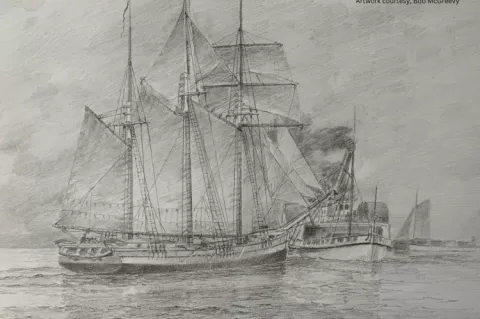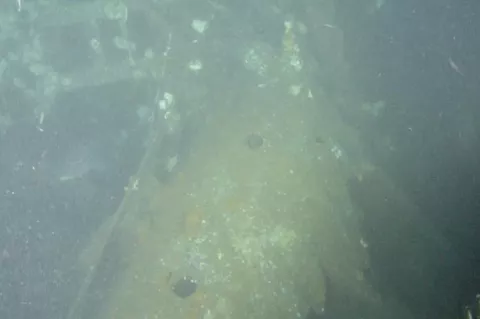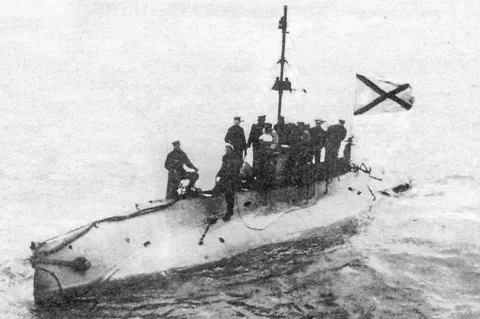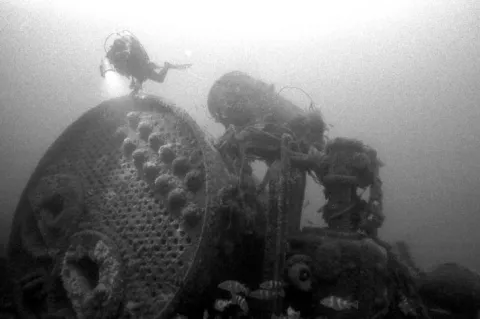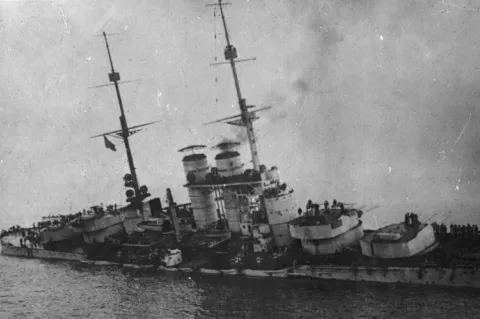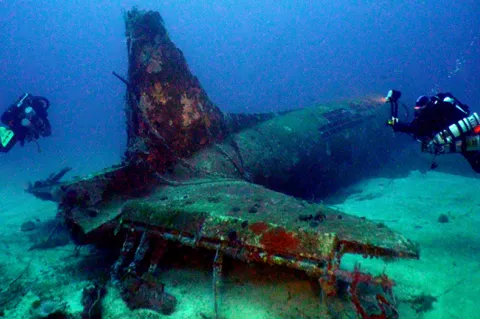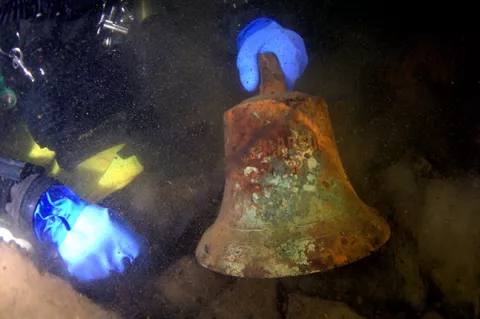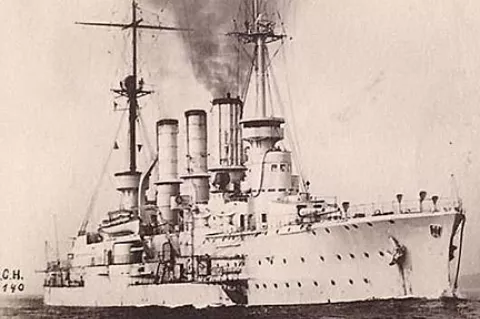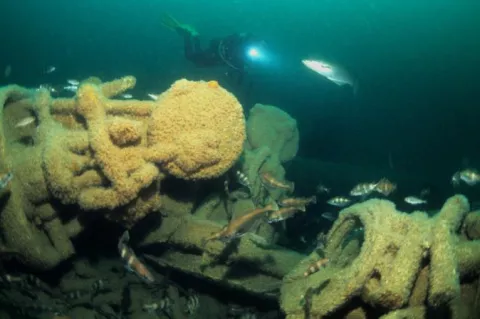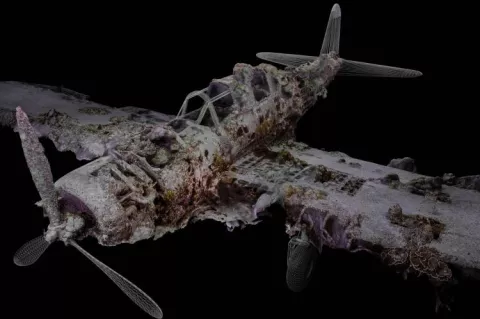"Bad Luck Barquentine" shipwreck from 1869 discovered in Lake Superior
The 144-foot Nucleus had a “checkered past” after previously sinking twice, and once rammed and sank another boat on Lake Huron, the Great Lakes Shipwreck Museum said in a news release announcing the discovery.
This is a pretty significant shipwreck…considering its age, the fact that it is a barquentine and we can’t overlook the vessel’s checkered past. The wreck site is littered with shovels too…and a few dinner plates, which speaks to their work and shipboard life.
Shipwreck Society Executive Director, Bruce Lynn

